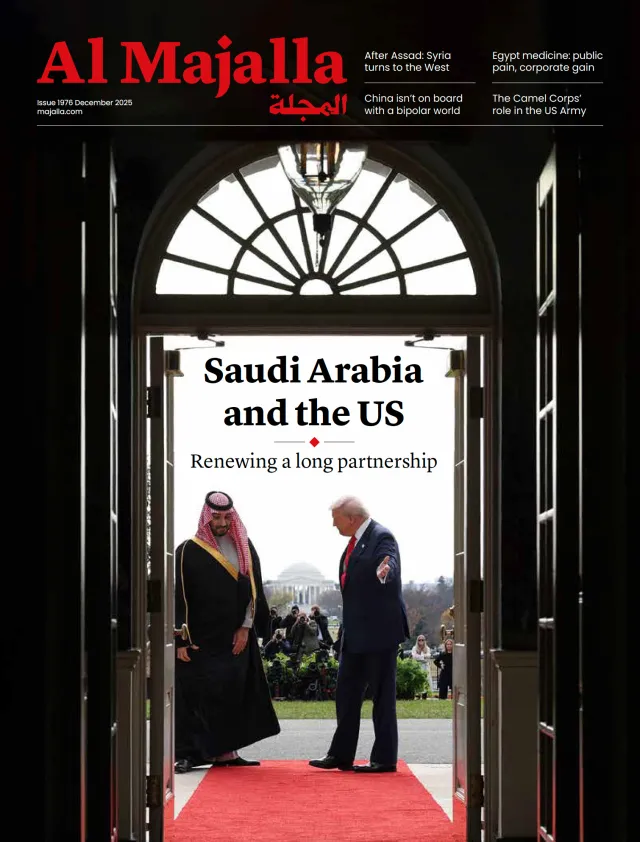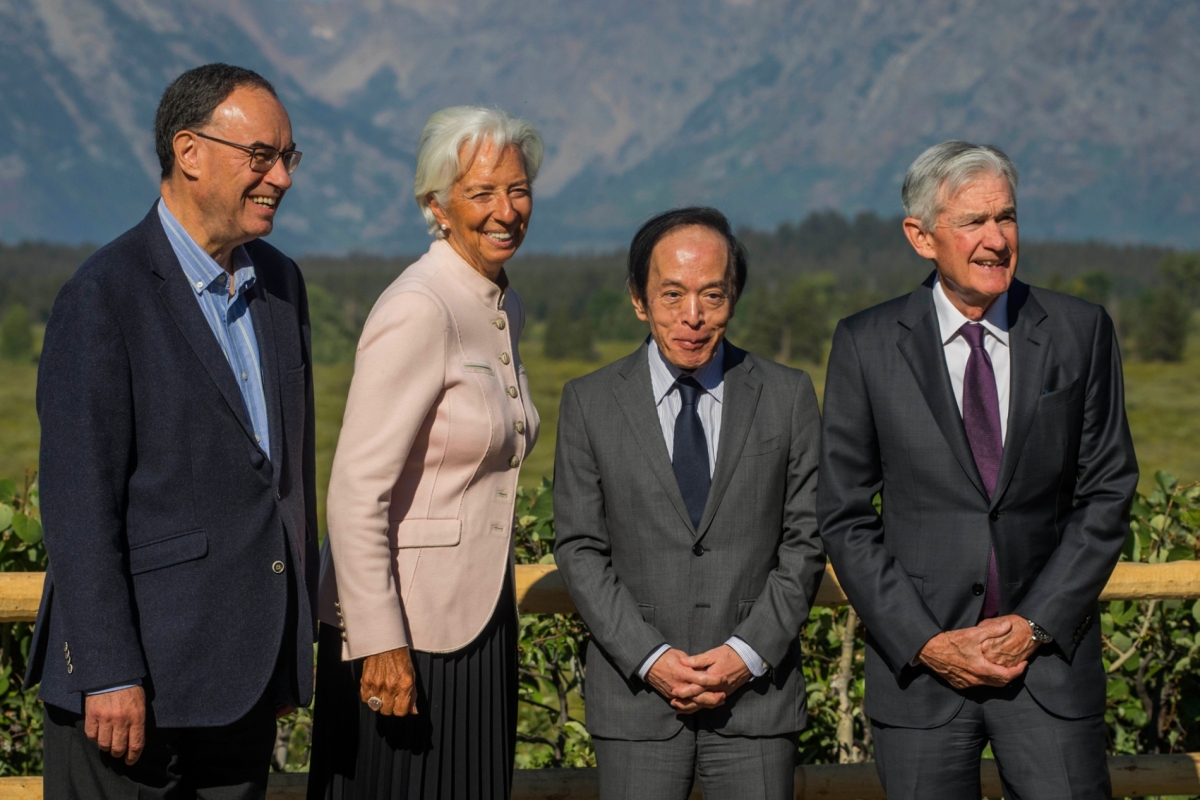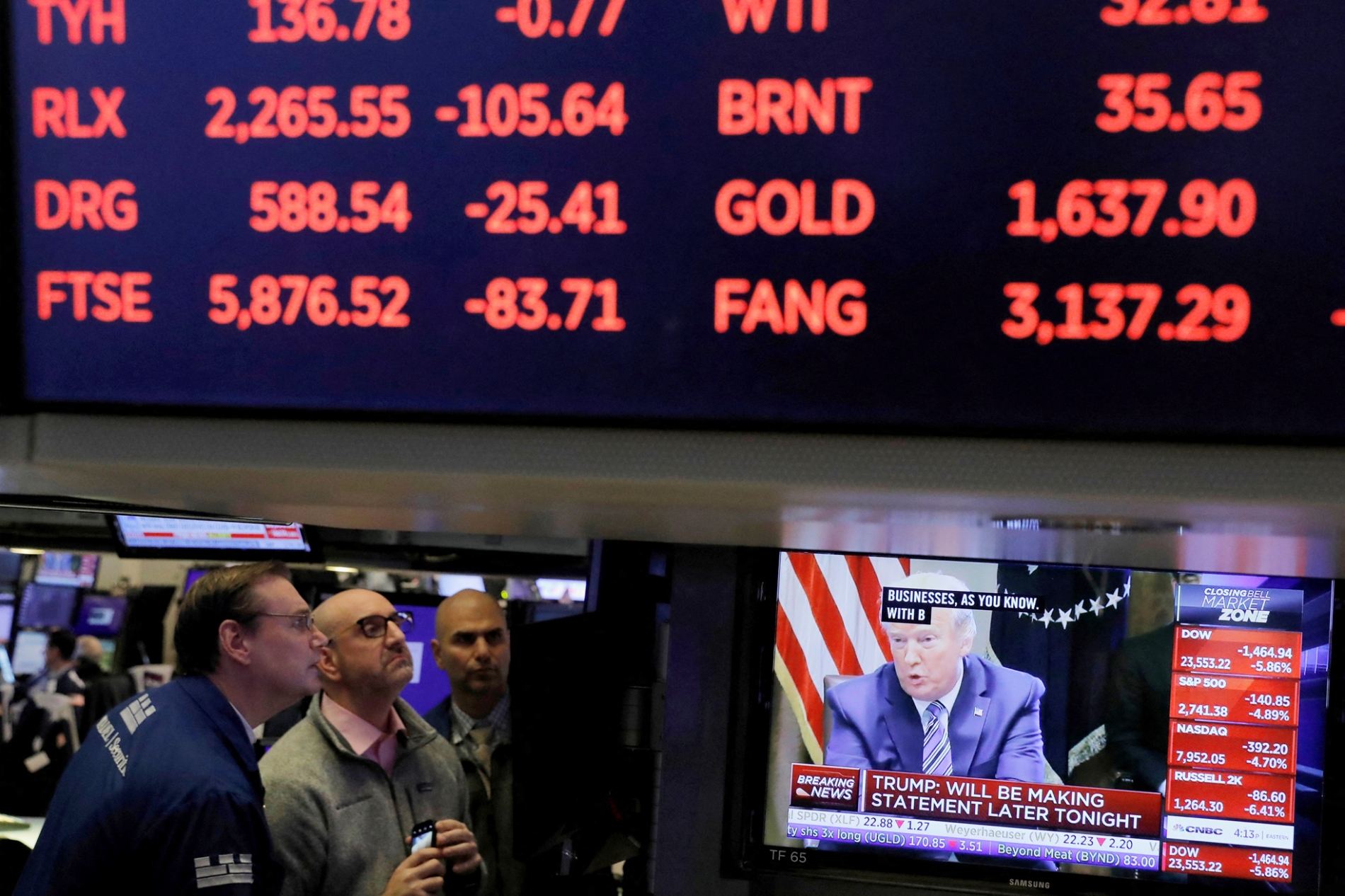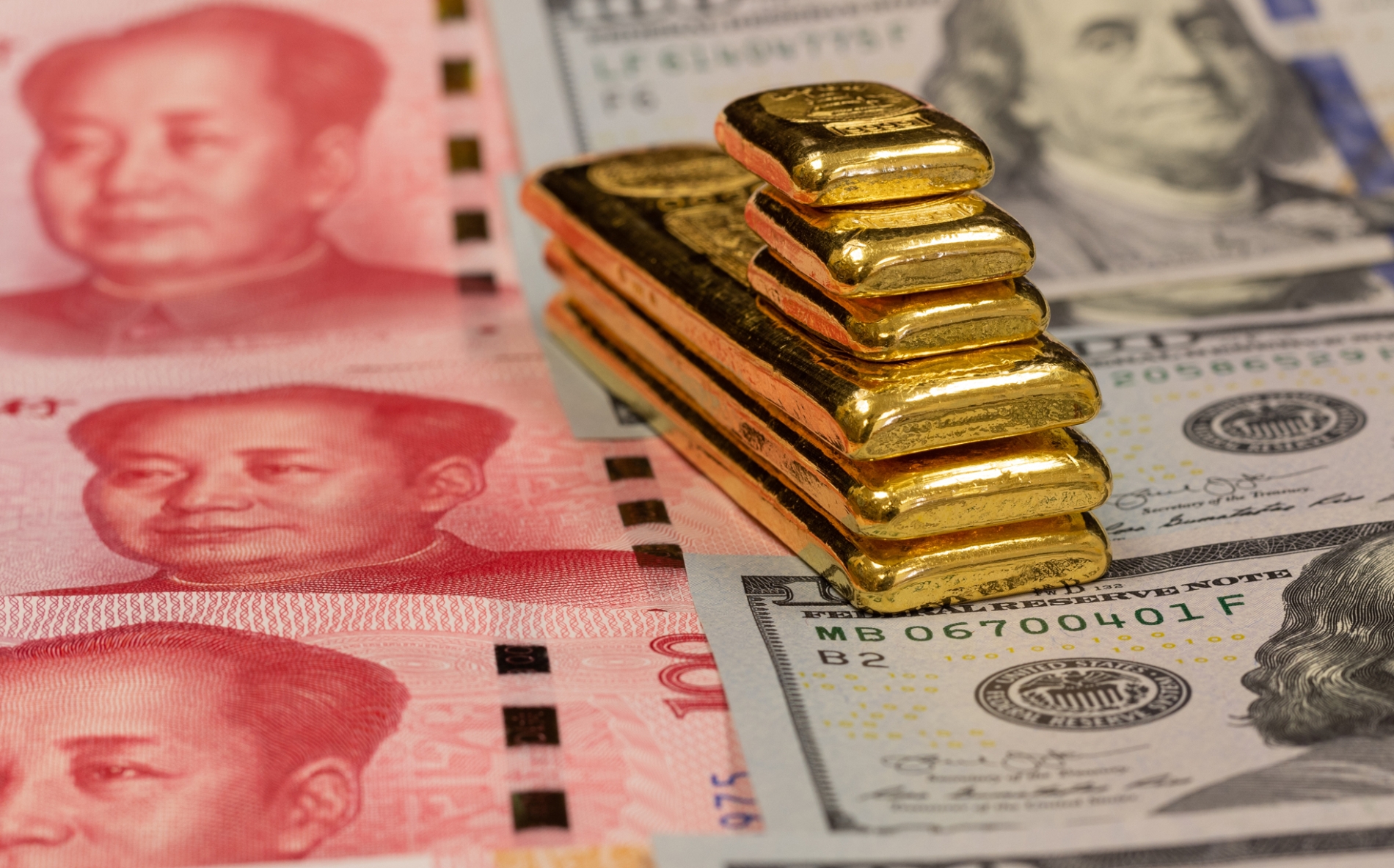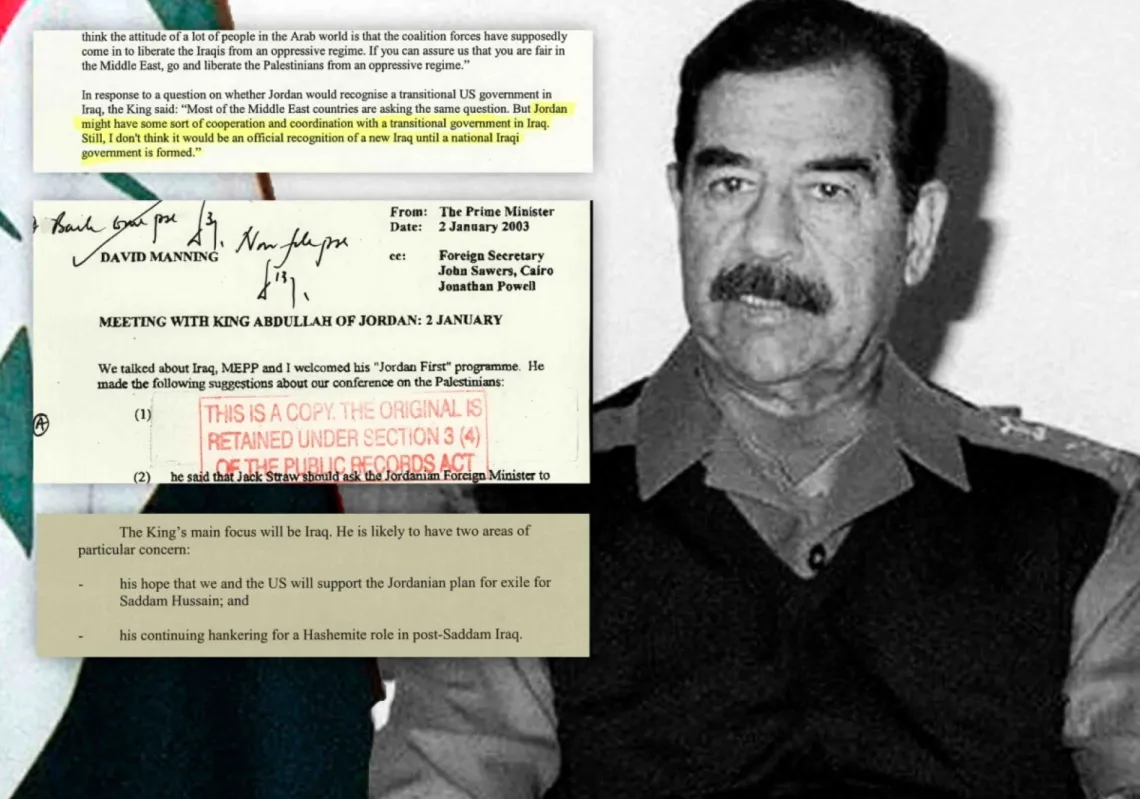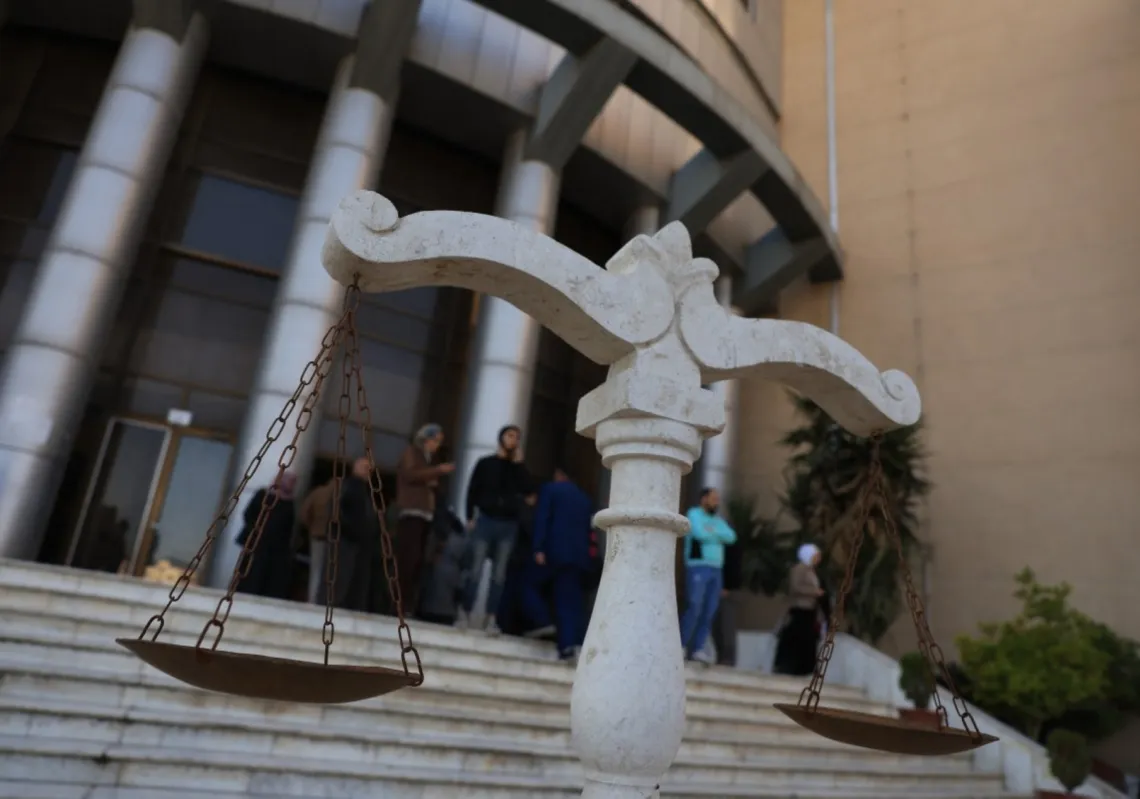When Jerome Powell took the stage at the Jackson Hole Economic Policy Symposium in Wyoming this August, investors were already on edge. A year of choppy growth data, stubborn inflation, and rising political noise had left markets keen for a clear sign on the outlook for monetary policy in the United States from the chairman of the Federal Reserve.
Instead, the world’s most important central banker offered a carefully calibrated performance. He signalled that, as the Fed decides what to do, it is watching a softening labour market—a factor likely to lead to rate cuts. But he stopped short of a clear commitment to the timing of any such action.
It was enough for Wall Street and beyond to take heart that the Federal Open Markets Committee—or FOMC, the rate-setting body with 12 members who vote on policy and a total of 19 who discuss it—is primed for action.
A rate cut in September would be the first since November, which was the third in a series of three consecutive reductions. There have been five FOMC meetings since then, the last in July, at which rates have been left on hold. The Fed’s key interest benchmark, the discount rate, is at 4.5%.
Powell’s speech had deeper implications beyond the aspects that pointed to cheaper money and sparked enthusiasm in the global financial markets. It also highlighted a more profound transition in US monetary policy, and spoke to the Fed’s independence from day-to-day political control, a long-cherished aspect of the global investment case in the country’s assets, and one which has looked more fragile in the politically-charged environment that followed the re-election of President Donald Trump.
The White House has been highly critical of Powell and his stewardship of interest rate policy. It has stoked speculation that the president may seek to replace him in the top job at the Fed before the scheduled end of his second term as chairman at the end of 2028, although there is no clear and tested mechanism for any such dismissal.
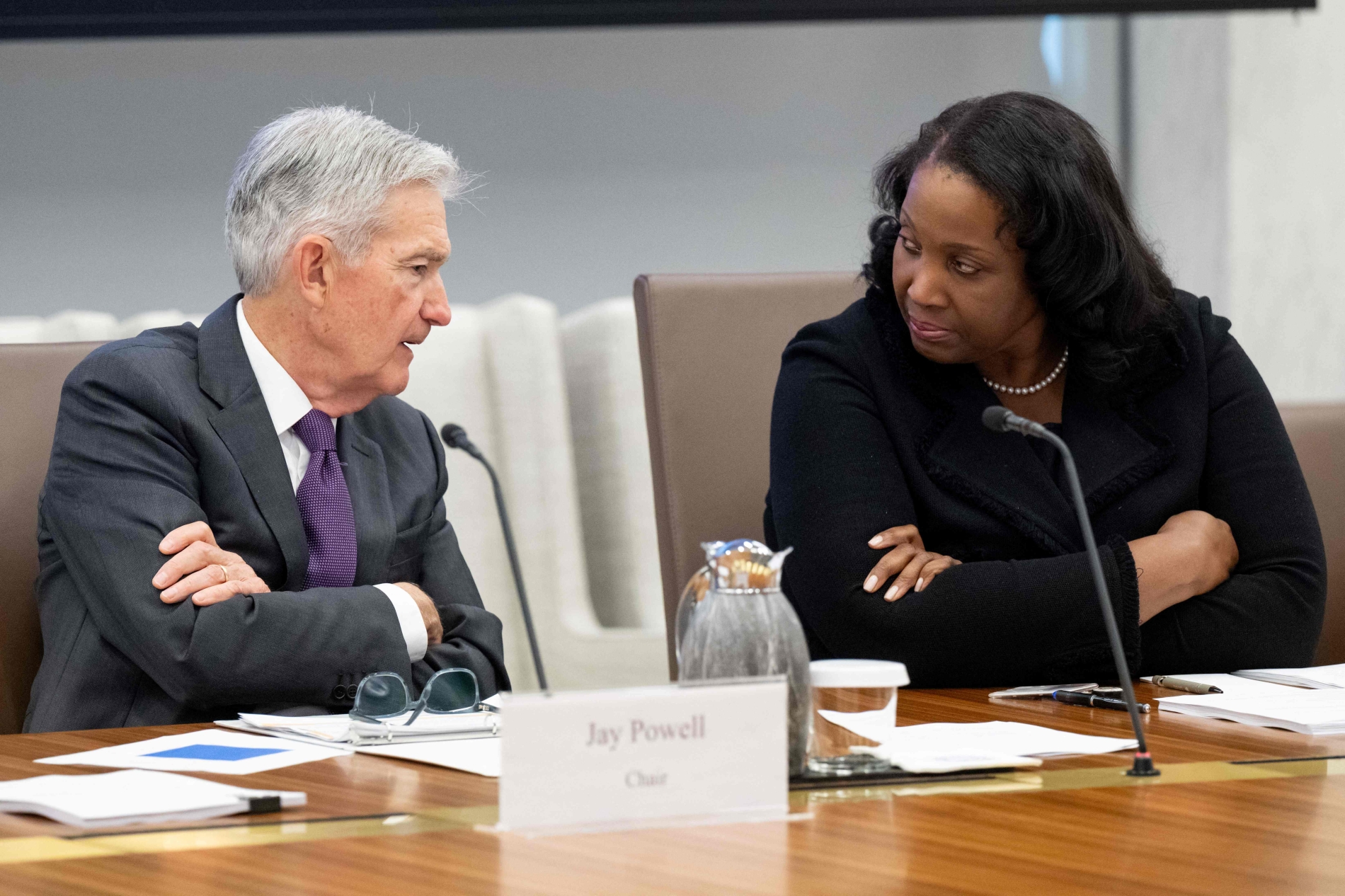
Growing pressure
Nonetheless, as Powell stepped up to speak at Jackson Hole, rumours about his own future had been circulating in the markets, adding to the profile of his address.
Days after the speech, there was insight into the extent of the political pressure. Trump attempted to fire one of the Fed’s governors, Lisa Cook, who in turn denied the president had any such authority and pledged to carry on. A voting member of the FOMC, she backed keeping rates on hold at the last meeting.
When Powell spoke in Wyoming, he provided a masterclass in the careful balance most prized by the global practitioners of central-bank rhetoric.
Powell’s keynote was a masterclass in central-bank rhetoric. He emphasised that the “balance of risks” had shifted, with downside threats to the labour market becoming more prominent. Initial jobless claims had risen to their highest in nearly two months, and growth momentum in service industries was cooling. These signs gave the Fed cause to consider easing.
Yet Powell also underlined that FOMC decisions remain data dependent. September’s inflation and employment reports, due before the next meeting, would determine the outcome. By refraining from pre-committing, Powell maintained flexibility while offering enough to reassure markets.
Equally significant was the Fed’s evolving policy framework. The 2020 shift to “average” inflation targeting —which allowed inflation to run moderately above 2% for some time—appears to have run its course. Powell hinted at a return to more traditional “flexible” inflation targeting, reducing tolerance for overshoots and strengthening the central bank’s inflation-fighting credentials. That change may shape the Fed’s stance long after Powell departs.
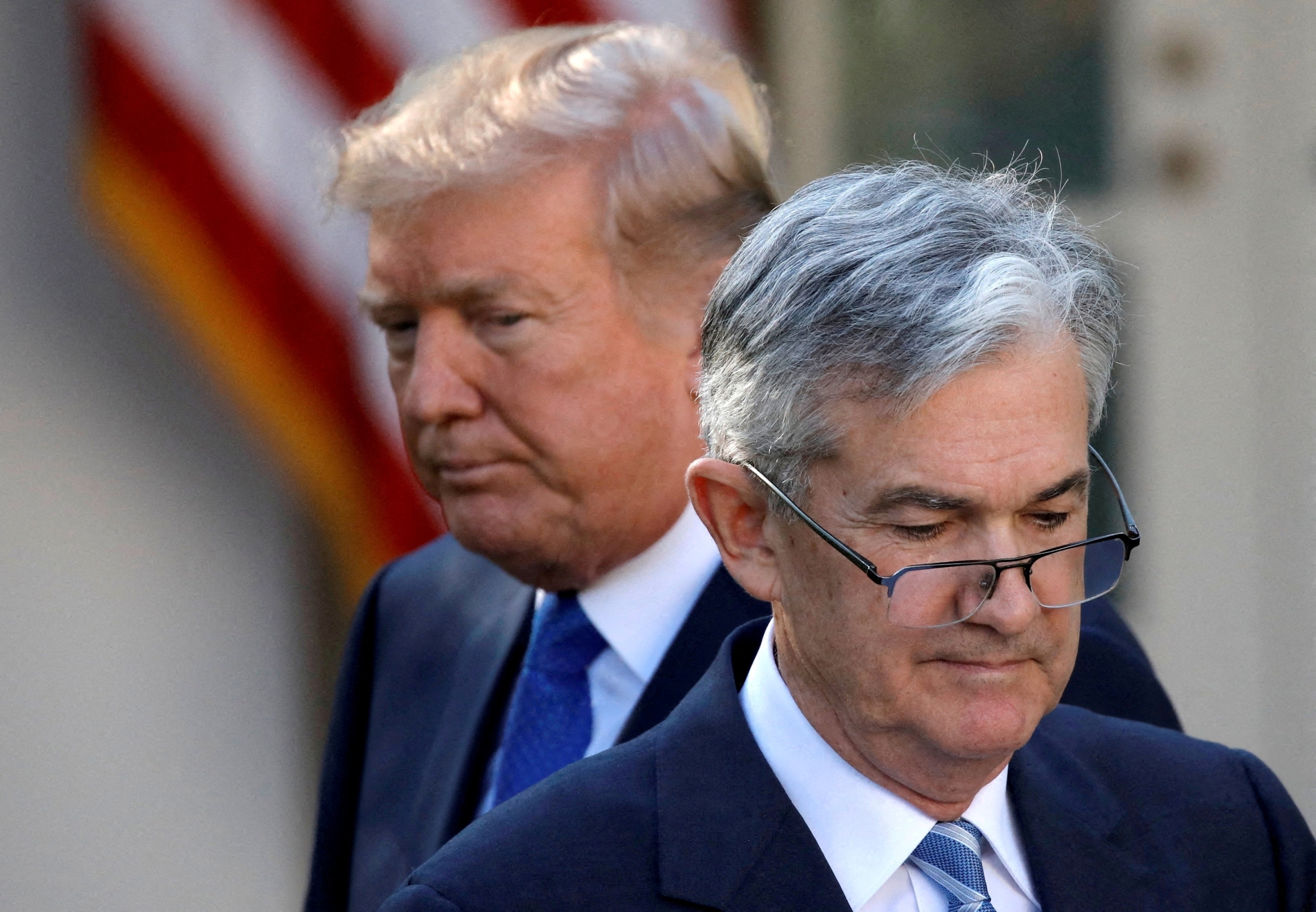
Read more: Trump fires at the Fed. America’s economy is collateral damage
Political shadows
After Trump’s attacks on Powell, the audience at the year’s Jackson Hole gathering and global financial centres beyond was also firmly on Fed independence at a time of heightened populism, and the precedent any attacks on it could set for other central banks.
In the run-up to the speech, many delegates have privately been voicing these concerns. Powell addressed this highly significant theme indirectly by doubling down on the Fed’s “data-driven” approach.
Beyond US politics, speakers highlighted demographic and structural challenges. The growing reliance on immigrant labour to support economies facing ageing populations received particular attention. Such long-term themes will complicate monetary policy well beyond the current cycle.
While Powell sought nuance, markets heard optimism. Wall Street rallied in the hours after his remarks: the Dow Jones Industrial Average rose 1.89% to a record high, the S&P 500 climbed 1.52%, the Nasdaq added 1.88%, before edging lower in the following days.
Demand for government bonds also rose, pushing down the yield on the debt, or the returns investors demand for lending their money to the US. The yield on short-term debt, usually the most sensitive to the immediate outlook for monetary policy, hit its lowest since mid-August at 3.69%. The benchmark 10-year yield slipped to 4.26%.
Exchange-traded funds in bonds – or ETFs in US sovereign debt, one of the most accessible forms of investment in the Treasuries market – posted their best day in months. Gold pushed towards $3,386 per ounce, a reflection of diminished real-rate expectations and continued safe-haven appeal.

